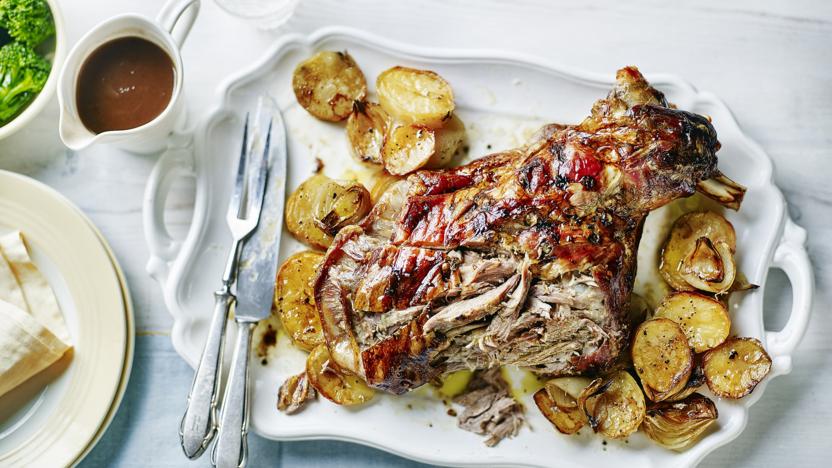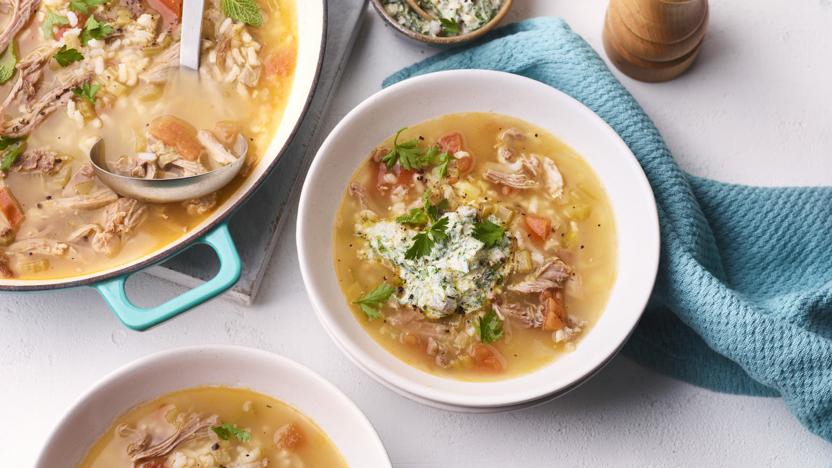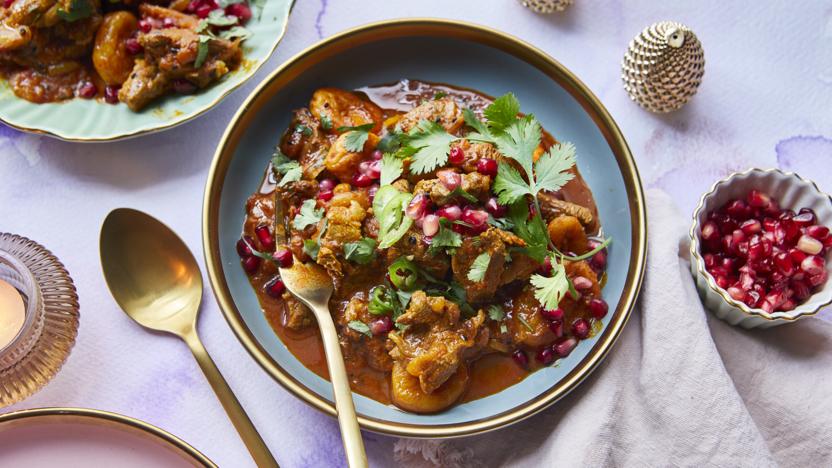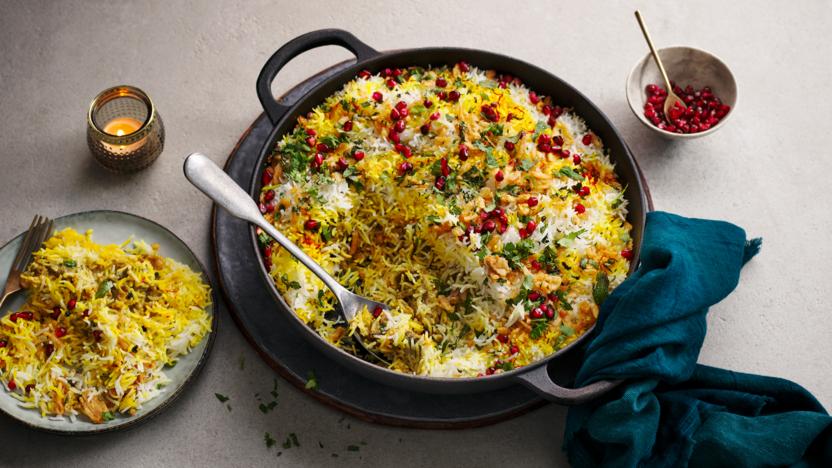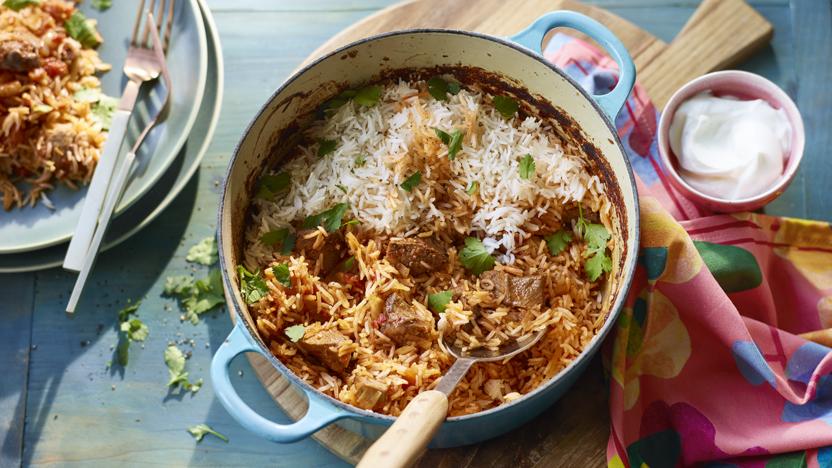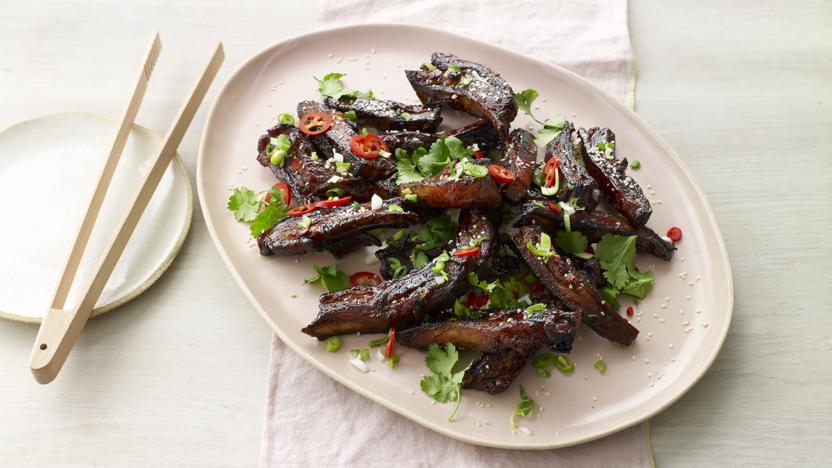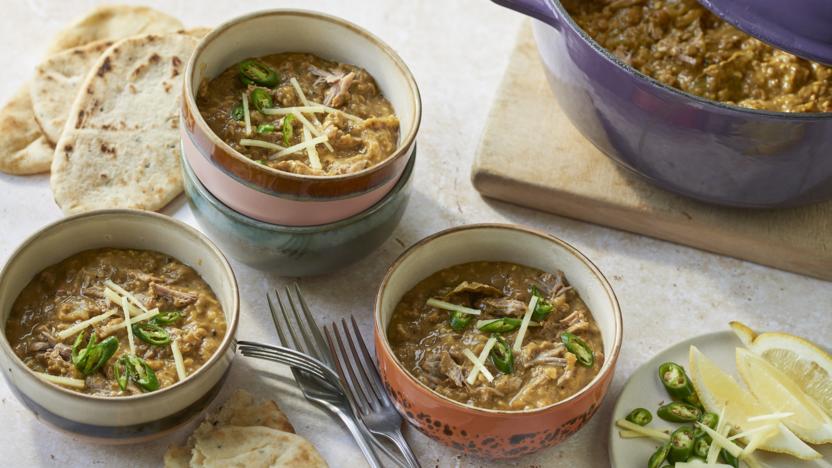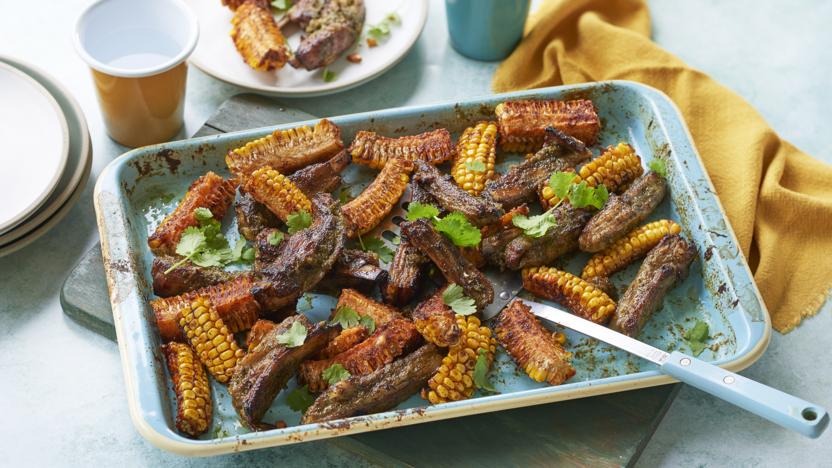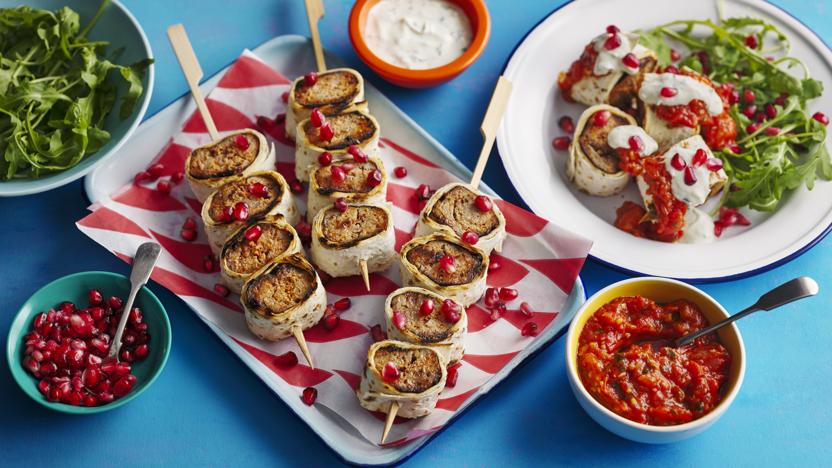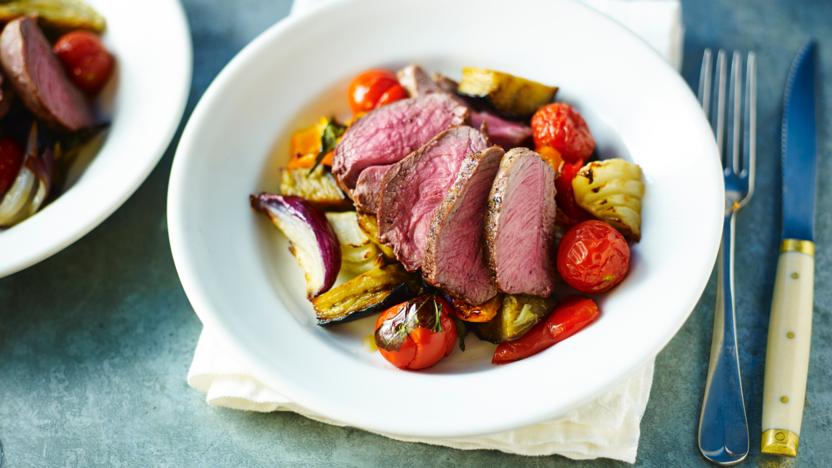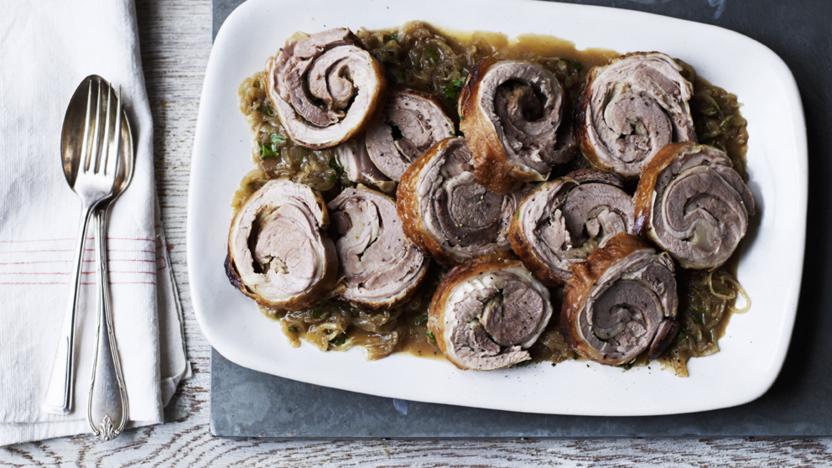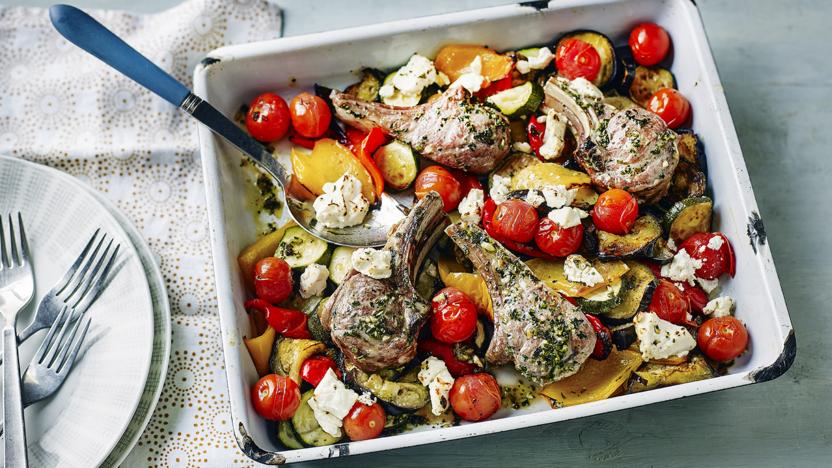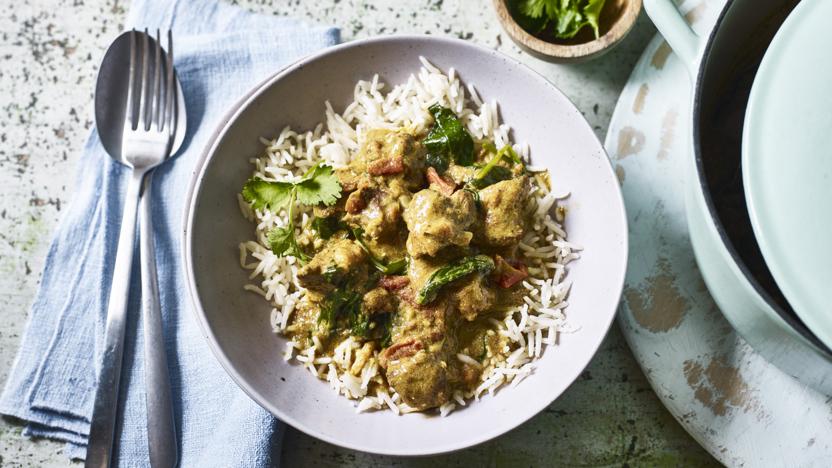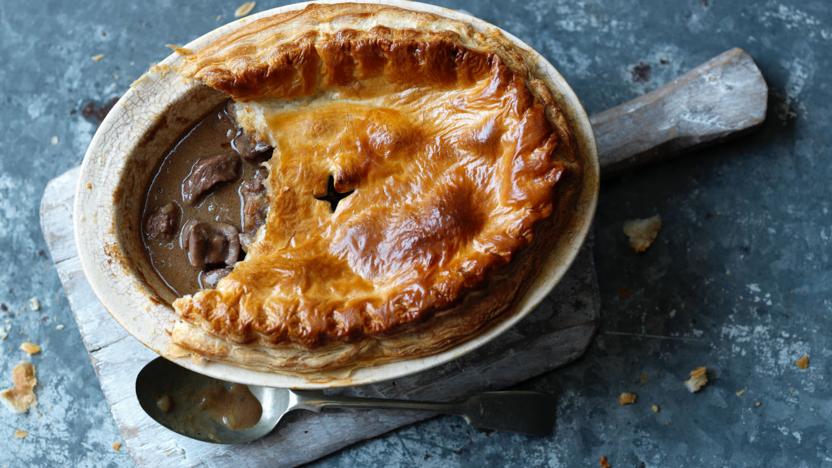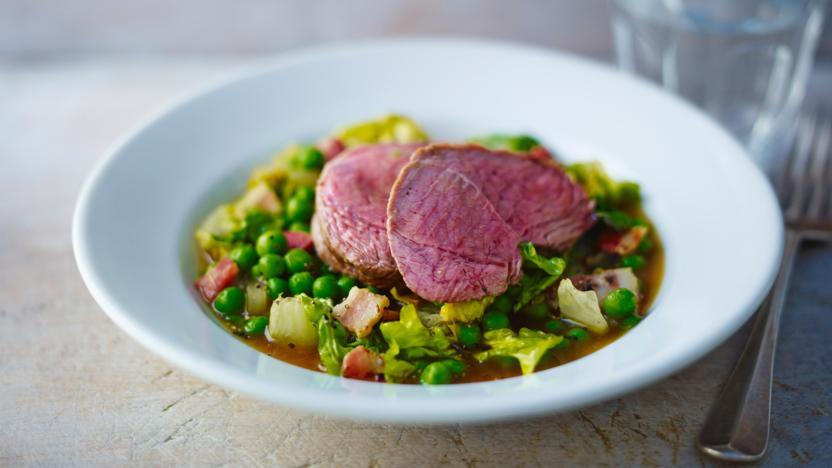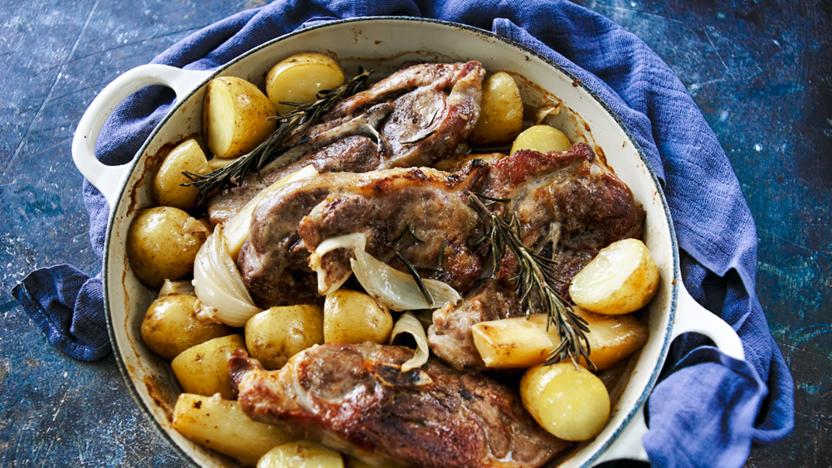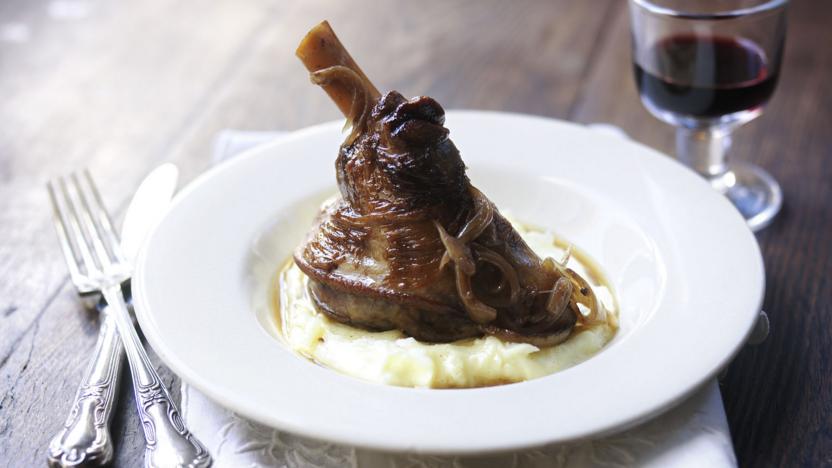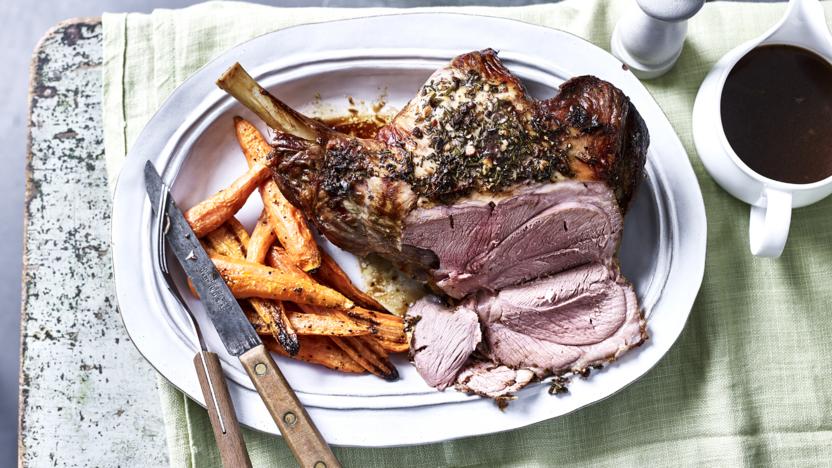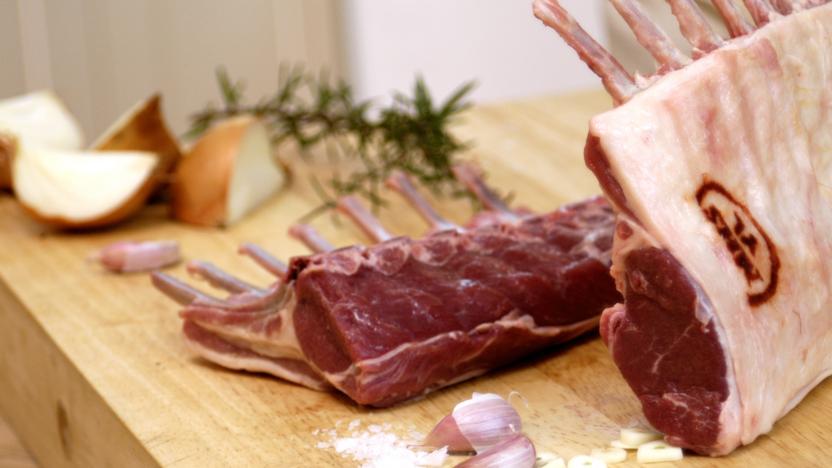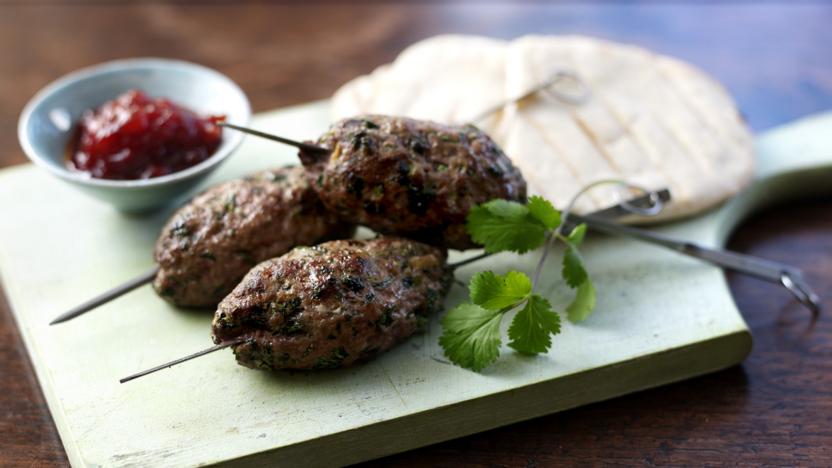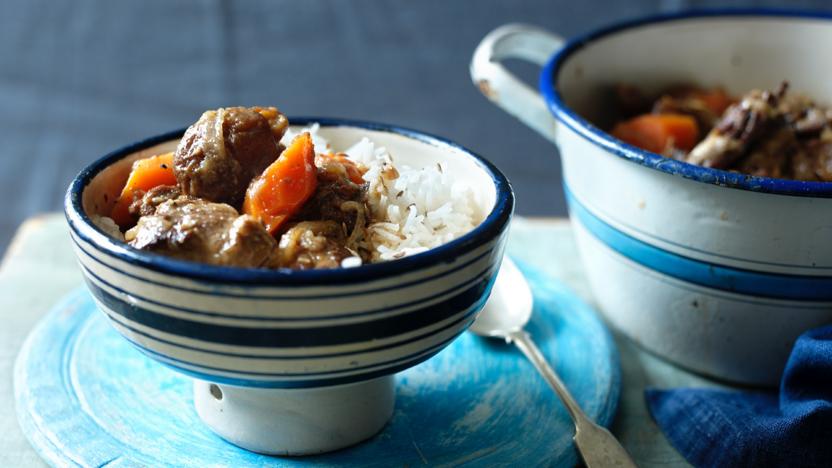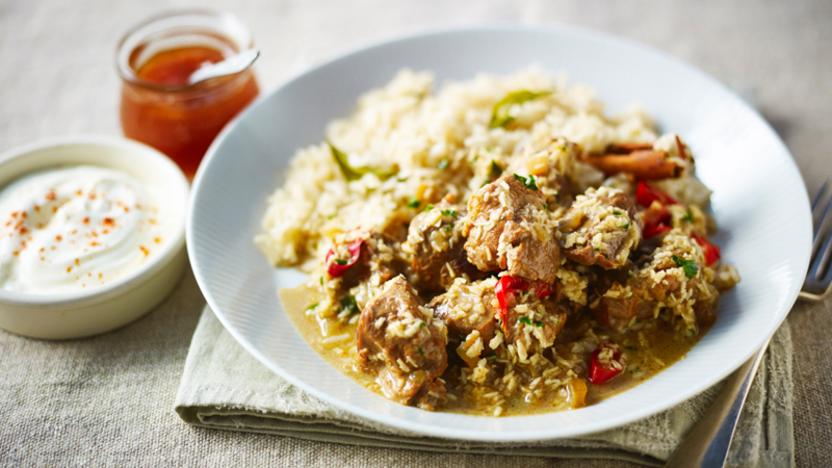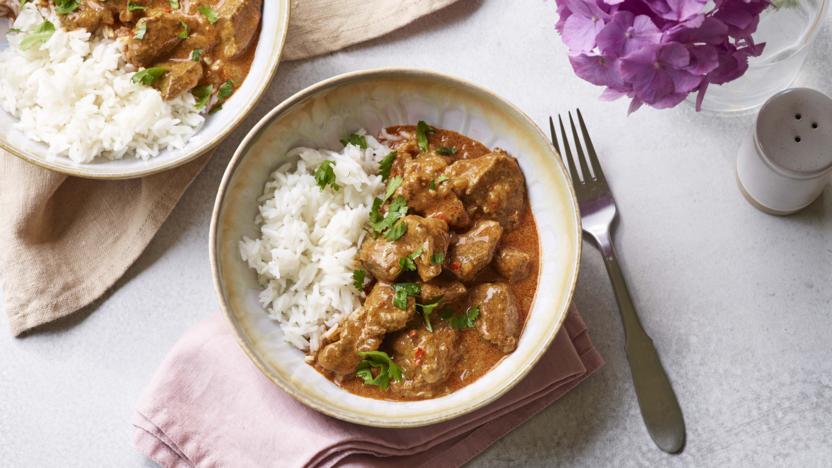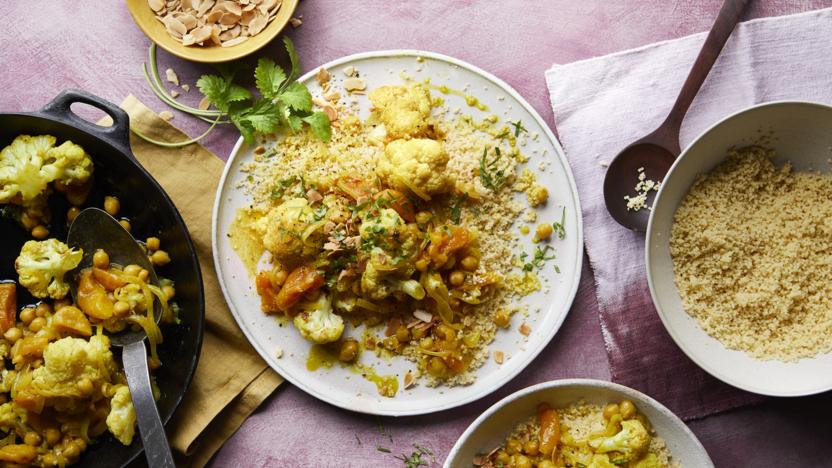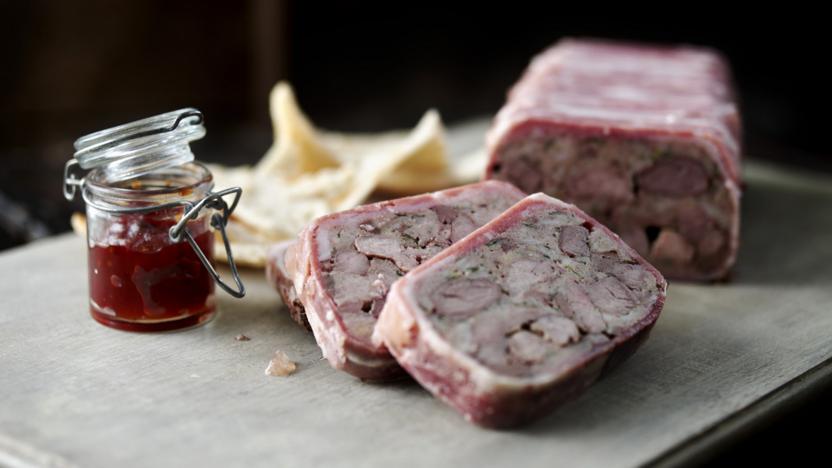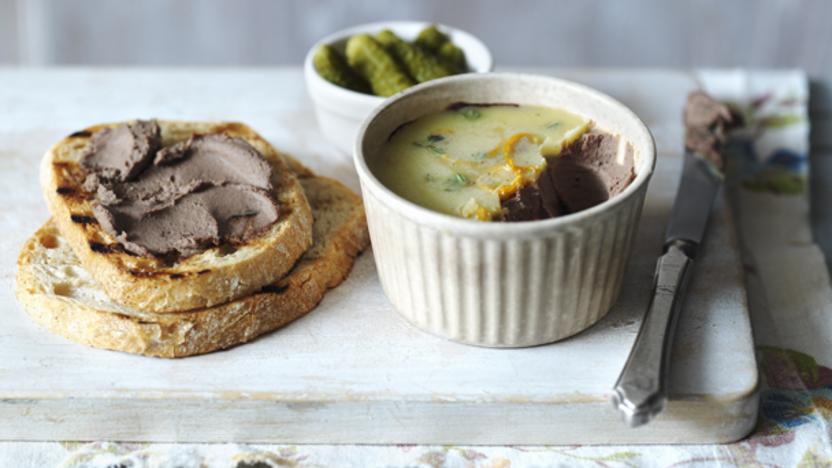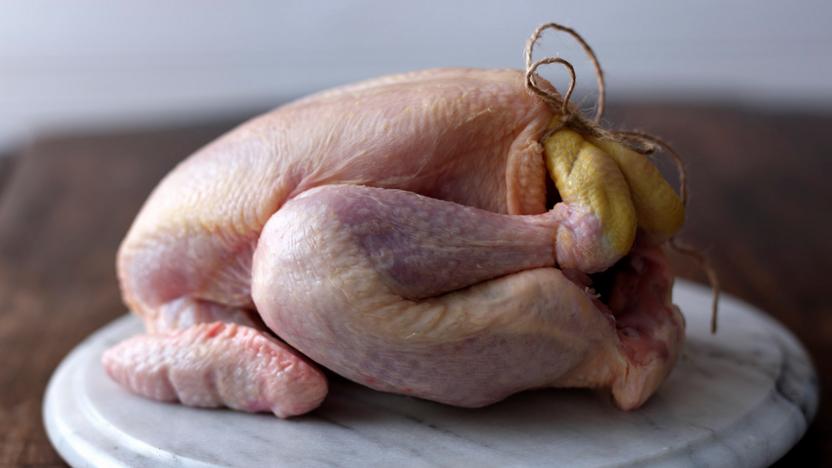Lamb recipes
Lamb in Britain is called lamb if it’s marketed in the year of its birth (or in the year following its birth if the lamb is born after 30 September). After this it becomes known as hogget or old-season lamb. Only when the animal has its first permanent incisor tooth (at around 1-1½ years) will the meat from it become known as mutton. However, the majority of mutton comes from breeding animals that have reached the end of their productive contribution to the flock. Although early-season lamb is very tender, the meat from older animals will have developed more flavour.
This is all about slow cooking the lamb – if yours needs a little longer then leave it in the oven. The results will be so tender, it will be worth the extra time.
More lamb recipes
Buyer's guide
When buying lamb, choose the leanest cuts with firm, creamy-white fat (although fat colour alone should not be used as a reliable indicator of quality). Avoid cuts with excessive fat or with fat that looks crumbly, brittle and yellowish: this means the meat is old. The colour and flavour of the flesh will vary depending on where the sheep were raised. Look for pale-pink flesh in a very young lamb, to a light- or dark-red colour in an older animal. A good butcher is likely to stock a greater variety of cuts than your local supermarket, or you'll be able to order exactly what you want.
Rare breed lamb is farmed non-intensively. The meat is dark, closely textured and lean, and tastes like a cross between lamb and venison. You can buy named, pure-bred, rare breeds from speciality butchers, over the internet using specialist meat mail-order companies, or from farmers' markets. Rare-breed meat costs a little more than commercial lamb, but the difference in flavour will be noticeable. Rare breeds include: Boreray, Castlemilk Moorit, Hebridean, Manx Loghtan, North Ronaldsay, Soay, Balwen Welsh Mountain, Cotswold, Devon and Cornwall Longwool, Dorset Down, Dorset Horn, Greyface Dartmoor, Hill Radnor, Leicester Longwool, Lincoln Longwool, Llanwenog, Norfolk Horn, Oxford Down, Portland, Ryeland, Shropshire, Southdown, Teeswater, Wensleydale, Whitefaced Woodland, Whiteface Dartmoor.
Storage
Ensure that the fridge maintains a temperature below 4°C (inexpensive thermometers can be bought for this purpose). Always store meat in the coldest part - the bottom shelf - of the fridge. If the meat is in a cling-filmed tray, leave it in the packaging until ready for use. If not, transfer the meat to a plate, wrap loosely in greaseproof paper or aluminium foil, and store in the fridge away from cooked meats and other ready-to-eat foods. In general, mince, offal and small cuts of lamb are best eaten on the day you buy them or within one to two days. Joints, chops and steaks will keep for two to three days and large roasting joints up to five days. Leaner cuts last longer than fatty cuts because fat goes rancid before meat does.
Quickly freezing lamb reduces the chance of damage to the texture or succulence of the meat. Both smaller pieces and large joints of lamb can be frozen. For ease of use, freeze cuts tightly wrapped in individual portions. Don't freeze lamb for more than six months. When ready to use, defrost, loosely wrapped, in the fridge, allowing five hours per 450g/1lb.
Preparation
Large cuts of lamb are often covered in a white papery membrane that should be removed before cooking.
Lamb works well with a range of flavours beyond the traditional mint sauce. Generally, the intense flavour of autumn lamb is a good match for equally strong seasonings and aromatics. Try rubbing it with spices such as cumin before roasting, or piercing the skin several times and inserting sprigs of rosemary and pieces of anchovy into it. Marinades also work wonders on lamb, helping enhance its flavour and making it meltingly tender.
Any cut of lamb can be braised or pot-roasted, and this method also works equally well for mutton. Stewed and braised lamb should be cooked gently in a liquid such as wine, stock or tomato juice. This method guarantees that the meat will stay moist and tender, and the cooking liquid can be served as gravy.
